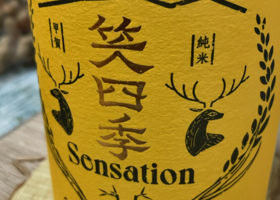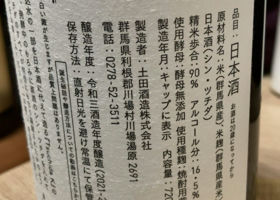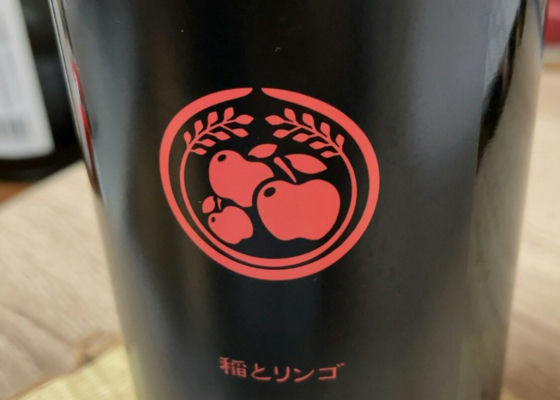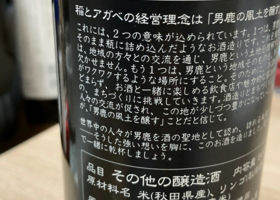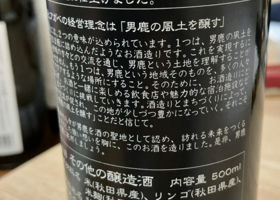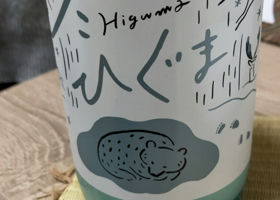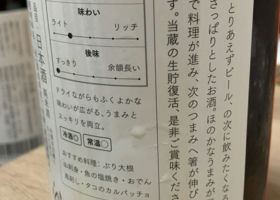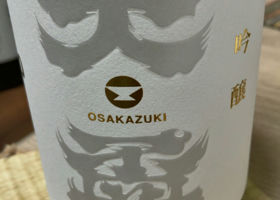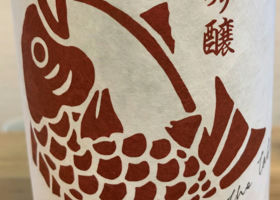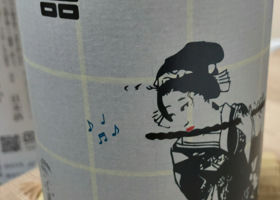

ジョナジョナ
I finally found the instrument Masamune, which I was curious about. I guess it's a draft sake. The brewery is "Oki Daikichi".
Soft, sweet aroma like ramune. A very mild sweetness spreads without you knowing it, and a gassy, acidic freshness comes gradually. The aftertaste is on the low side, and the overall taste is light.
It is best enjoyed on its own, but it is also surprisingly (?) delicious with food. It is also delicious with food. Fukushima sake is rich and wonderful.
Japanese>English




